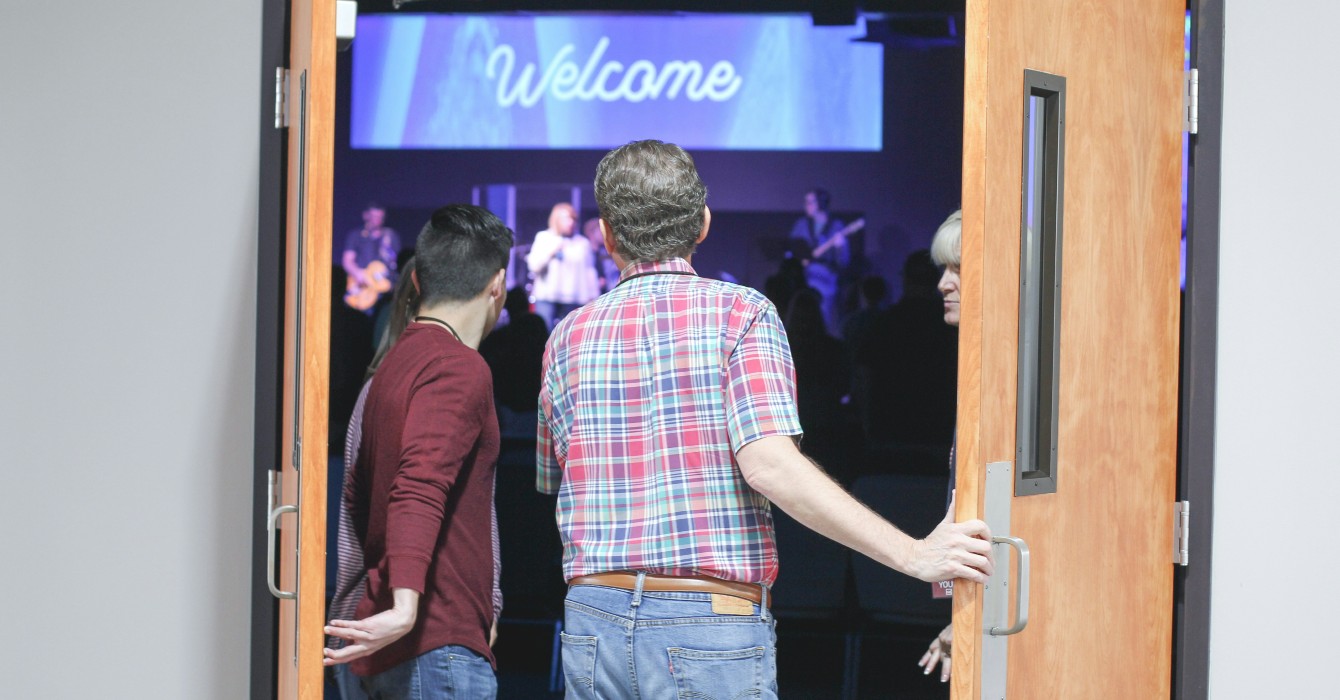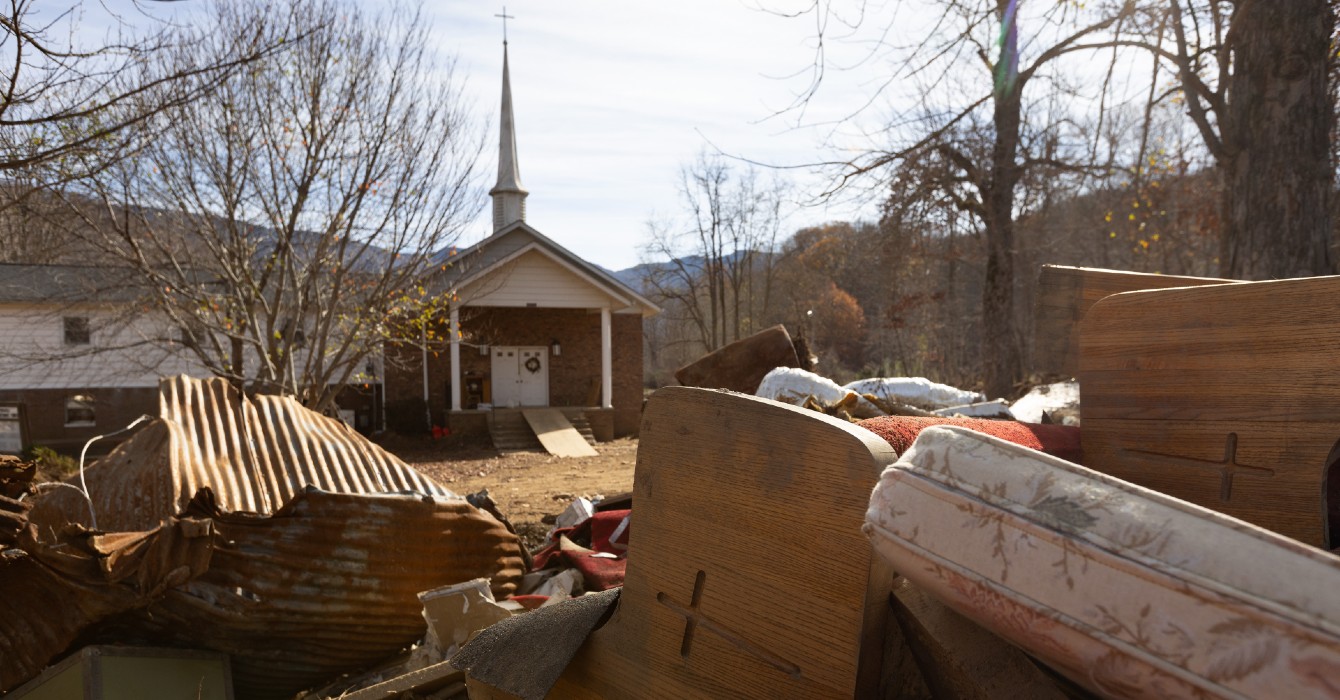When COVID-19 cases began to rise and lockdown orders went into effect, a certain group seemed particularly poised to withstand the crisis: introverts.
A 2020 BuzzFeed listicle shared tweets from introverts expressing their eagerness to comply with the new health guidelines.
Introverts will win the year, for the first time ever :D
To prevent #Covid_19 stay home, avoid physical contact and don’t go into large crowds. Introverts: I’ve been preparing for this moment my entire life.
When vaccines became available and the possibility of returning to “normal” life — with its small talk and large crowds — seemed more concrete, the wonderings and jokes about introverts returned, this time with a note of concern: How will they handle it?
“Meet the introverts who are dreading a return to normal,” reported The Washington Post. The Atlantic warned us of “the coming conflict between introverts and extroverts.”
Of course, the Delta variant has put “normal” — and the looming introvert/extrovert recalibration — on hold.
But we’ve all essentially figured out that “normal” won’t be returning anyway. In the post-pandemic, post-social distancing world, “we will have to create new ways of being community together,” noted an organizational consultant in Faith & Leadership. “We will all be newcomers.”
Since we’re rethinking everything these days, why not take this opportunity to consider the introverts among us? As we revisit our dreams for in-person work and worship, why not challenge some long-held biases and assumptions about what would be best?
We’re not talking about a teensy segment of the population. There’s anywhere from a 33% to a 50-50 chance that you, dear reader, are more on the introverted side. I myself tend toward introversion, and even if you do not, think of all the people in your life who do. Introverts are all around us.
And yet we find ourselves in a world that wants us to speak up, be loud, act fast. In her famous TED Talk, “Quiet” author Susan Cain talked about internalizing the idea that gregariousness is greatness, about “all the times that I got the message that somehow my quiet and introverted style of being was not necessarily the right way to go, that I should be trying to pass as more of an extrovert.”
She spoke about how schools and workplaces, “our most important institutions, … are designed mostly for extroverts and for extroverts’ need for lots of stimulation.”
I would argue for including another institution on that list: the church.
Church can be a place for silence and contemplation and small, intimate gatherings. But think of all the ways our churches are designed for extroverts.
A worship service can be an extrovert’s dream and an introvert’s dread. The passing of the peace! So many people to mingle with and talk to! Even small groups and Bible studies, though they might seem more introvert-friendly, are contexts where dominant personalities and voices can thrive.
It’s not just Sunday mornings and weekday ministries, either. It’s the kind of people who are viewed as leaders, in the congregation and on the staff.
Who gets tapped for taking on that committee role or heading up the next retreat? Who has “leadership potential”?
Maybe it’s the best public speaker or the person best at guiding a conversation along. And maybe that person is, in fact, an introvert — but an introvert who knows how to “pass as more of an extrovert,” in Cain’s words.
Whether we’ve realized it or not, the church, like so many other institutions, is a place where the ones who are quick to speak and act are the ones often looked to for direction, held up as exemplars for the faithful. The eager volunteer, the dynamic speaker — they are noticed, respected. But I wonder whose voices are a little too hushed for us to even hear.
It might be uncomfortable to ask, but we need to: In our churches, what does leadership look like, sound like? Is it eloquent and articulate, the voice that carries across the room? What barriers to leadership exist because of assumptions and beliefs (spoken or unspoken) about what makes a “leader”?
These are questions we might ask ourselves as we re-imagine so much of our common life. We might start to look at the practical, day-to-day ways we can re-envision our services and ministries and committees, using resources from groups like Quiet Revolution.
Some may quibble about the very premise of categories of “extrovert” and “introvert,” saying they’re too rigid, too restrictive. This is not about boxing people in as either outgoing or quiet, social or anti-social. Rather, it is about paying attention to what gives our neighbor life and joy. It might be different from “the way we’ve always done it” — and that might be a very good thing.















